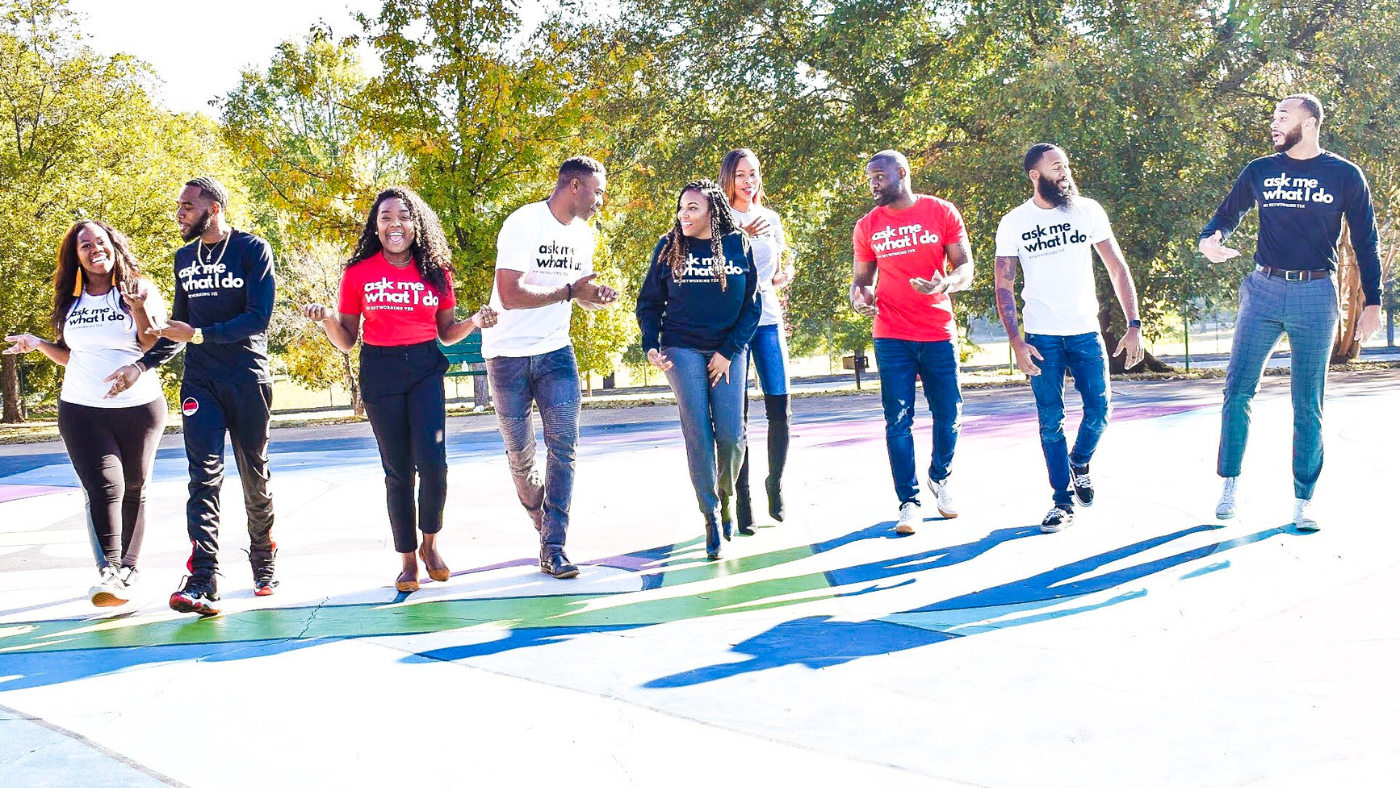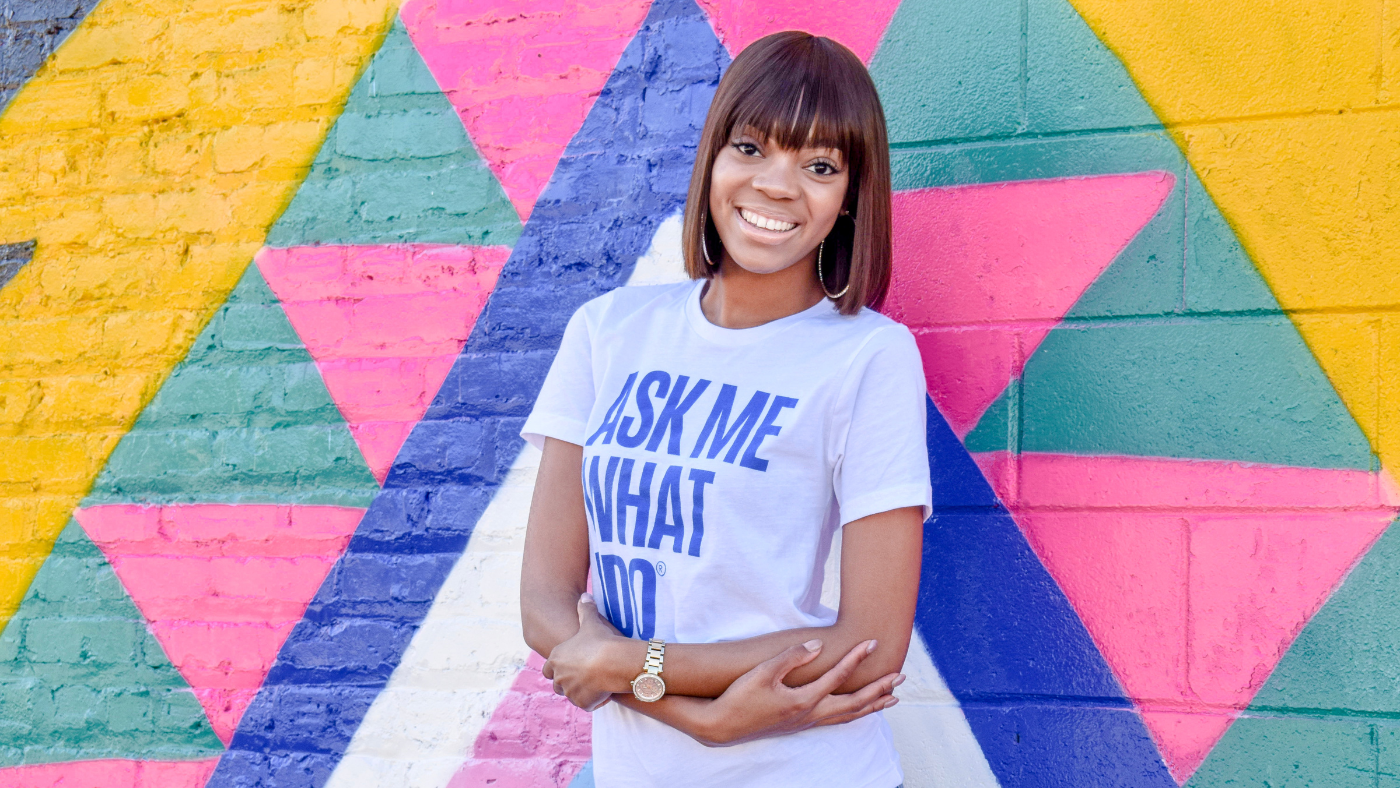Icebreakers. The very word might make you want to run for the hills. But here's the thing: having the right conversation starters and knowing how to use them, can turn networking from a nightmare into a (dare I say it?) enjoyable experience.
First things first: how do you actually approach someone and start a conversation? Here's a step-by-step guide to starting a conversation:
- Scan the Room: Look for someone standing alone or a small group with open body language. They're likely to be more receptive to a new conversation.
- Make Your Approach: Walk up with a smile and open body language. Remember, they're probably just as nervous as you are!
- Start with a Simple Greeting: Begin with a friendly "Hello" or "Hi there." Then, introduce yourself: "I'm [Your Name]. Mind if I join you?"
- Offer a Handshake: If appropriate for the setting and culture, a handshake can be a good way to establish initial contact.
- Use an Icebreaker: Now that you've made the initial contact, it's time to use one of the icebreakers we're about to discuss.
Now, let's talk about how to use these icebreakers effectively:
- Choose Your Weapon Wisely: Read through all ten icebreakers and pick 2-3 that feel most natural to you. You don't need to memorize them all – just have a few in your back pocket that you're comfortable with.
- Practice Makes Perfect: Yes, I'm asking you to roleplay. Grab a friend, family member, or your cat (no judgment here), and practice your chosen icebreakers. The more comfortable you are with them, the more natural they'll feel in real situations.
- Read the Room: Different icebreakers work better in different settings. A playful hypothetical might be great for a casual mixer but less appropriate for a formal industry conference. Be prepared to pivot based on the event's vibe.
- Listen, Really Listen: Remember, the goal isn't just to break the ice – it's to start a genuine conversation. After you've used your icebreaker, focus on listening to the response. This is where the real connection happens.
- Follow Up: Based on their response, ask follow-up questions to keep the conversation flowing. This shows you're genuinely interested and helps build a real connection.
- Have an Exit Strategy: Sometimes, conversations naturally wind down. Have a polite exit strategy ready, like "It was great connecting with you. I'm going to grab a drink/say hello to someone/etc. Hope you enjoy the rest of the event!"
- Don't Force It: If a conversation isn't flowing, it's okay to gracefully end it and move on. Not every interaction will lead to a meaningful connection, and that's perfectly fine.
Now that you know-how to approach people and use icebreakers, let's get into those conversation starters that'll make networking feel more organic.
1. The Event Itself: Your Built-in Conversation Starter
"What brought you to this event?"
Why it works: It's relevant, easy to answer, and opens up multiple conversational avenues. Plus, you're both there, so you already have something in common!
2. The Curiosity Approach
"I'm always looking to learn. What's the most interesting thing you've learned recently?"
Why it works: People love sharing knowledge. This question invites them to talk about their passions without the pressure of it being work-related.
3. The Problem Solver
"I'm working on a challenging project right now. I'd love to get an outside perspective – do you mind if I bounce an idea off you?"
Why it works: It's flattering to be asked for advice, and it immediately positions the conversation as a valuable exchange of ideas.
4. The Local Angle
"I'm new to the area. Any recommendations for great local spots?"
Why it works: Even if you're not new, this question works. People love sharing their favorite places, and it can lead to discussions about shared interests.
5. The Trend Spotter
"I've been hearing a lot about [current industry trend]. What are your thoughts on it?"
Why it works: It shows you're informed about your industry and invites a discussion where you can both share insights.
6. The Podcast Enthusiast
"I'm always on the lookout for good podcast recommendations. Have you listened to any great ones lately?"
Why it works: In our audio-content-obsessed world, this question often leads to engaging discussions about shared interests beyond work.
7. The Skill Seeker
"I'm trying to improve my [specific skill]. Do you have any experience with that?"
Why it works: It positions you as someone eager to learn and grow, and it might lead to valuable advice or even a mentor-mentee relationship.
8. The Book Worm
"I'm looking for my next great read. Any books you've enjoyed recently?"
Why it works: Book lovers are always eager to share recommendations, and this can lead to discussions about shared interests or industry-related literature.
9. The Hypothetical
If you had that capital to create a TikTok campaign that solves your biggest business challenge, what would it be?
Why it works: It combines current marketing trends with real entrepreneurial problems. It's a quick way to discuss business challenges, creative solutions, and marketing strategies all at once.
10. The Wardrobe Compliment
"I love your [specific item of clothing or accessory]. Is there a story behind it?"
Why it works: Genuine compliments are always appreciated, and asking about the story invites a more personal conversation.
Bonus Tip: The Silent Icebreaker
Sometimes, the best icebreaker isn't what you say, but what you wear. That's where My Networking Apparel comes in. Our conversation-starting shirts, like the "Ask Me What I Do" shirt, do the heavy lifting for you. They're basically an invitation for others to strike up a conversation, making networking a whole lot easier for us introverts.
Remember, the key to these icebreakers is genuine curiosity. Don't just ask the question – be interested in the answer. Networking isn't about collecting business cards; it's about making real connections.
So, next time you're not in a mood for a networking event, get yourself prepared with these icebreakers. You might find that networking isn't so bad after all. In fact, you might even enjoy it.





